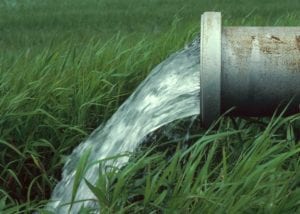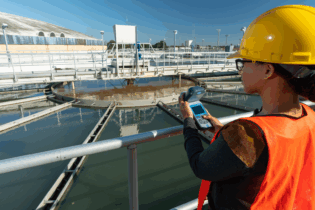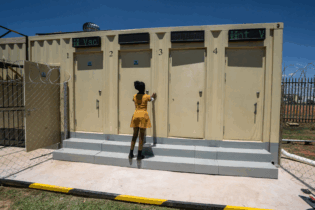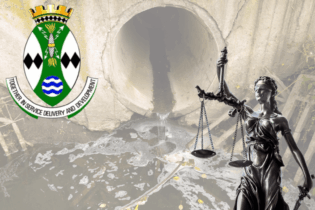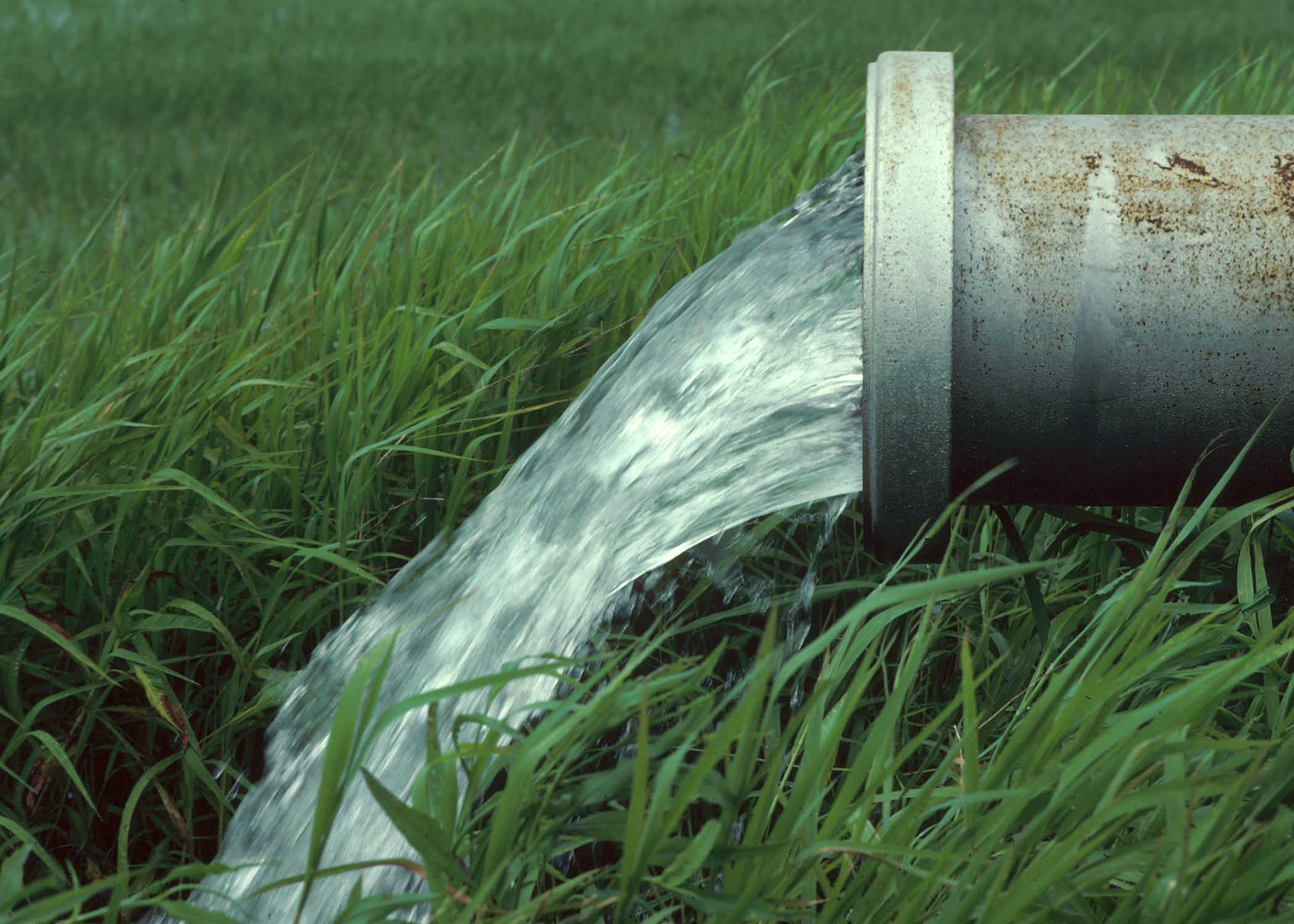
Next week is National Sanitation Week and the department of water and sanitation is gearing up to educate many communities on the importance of sanitation, health and hygiene.
This year’s theme is “Sanitation for Health and Dignity”. The department said the objectives for next week will be to increase awareness about the importance of sanitation in daily living.
“Access to clean water and sanitation has improved for people worldwide, thanks to increased global efforts and technologies,” the department said in a statement.
It will host community activities in several KZN municipalities which will include school education awareness, public participation programmes and roadshows aimed at encouraging people to take action and raise the profile of sanitation and hygiene.
National sanitation statistics: Improved sanitation
Nationally, the percentage of households with access to improved sanitation facilities increased from 62.3% in 2002 to 80% in 2015.
The majority of households in Western Cape (93.3%) and Gauteng (91%) had access to improved sanitation facilities, while about half of those in Limpopo (54%) and just below two-thirds of those in Mpumalanga (65.8%) had access to improved sanitation facilities.
“It is notable that access to improved sanitation facilities grew most rapidly in Eastern Cape (+48.2 percentage points) between 2002 and 2015,” the report read, while households in the wealthiest income had greater access to improved sanitation facilities than households in the poorest income quintile.
The metros with the highest percentage of households with access to improved sanitation facilities were the City of Johannesburg (96.9%), Nelson Mandela Bay (94.6%) and the City of Cape Town (91.8%).
The metros with the lowest percentages of households with access to improved sanitation facilities were the City of Tshwane (82%) and eThekwini (83.5%).
Bucket toilets
According to the water and sanitation section of Statistics South Africa’s general household survey 2002 – 2015, nationally, 1.2% of households reported using the bucket toilet system.
More than two-thirds (68%) of households living in informal dwellings shared toilet facilities, compared to nearly a fifth (19%) of households in formal dwellings, and 12% of households living in traditional dwellings.
The Western Cape (4%) recorded the highest percentage of households using the bucket toilet system followed by Free State (2.7%) and Northern Cape (2.4%).
As many as 6.8% of households living in informal dwellings reported using the bucket toilet system, while Buffalo City, eThekwini and the City of Tshwane were least likely to use the bucket toilet system.
Open defecation
The report indicated that nationally, 4% of households still practise open defecation, and these percentages were even higher for traditional households (12.1%) and informal households (10.3%).
Households in Buffalo City were more likely to practise open defecation than households in other metros.
Water
Nationally, only 92.5% of households had access to improved drinking water sources.
The Western Cape (99.4%), Free State (99.3%), Northern Cape (99.1%) and Gauteng (98.6%) reported almost universal access to improved drinking water sources. However the Eastern Cape had the lowest percentages of households with access to improved drinking water sources at 75.7%.
The report also indicated that generally, the percentage of households that lived more than 500 metres away from the outside yard dwelling water sources ranged from 15% to 18% between 2008 and 2015.


